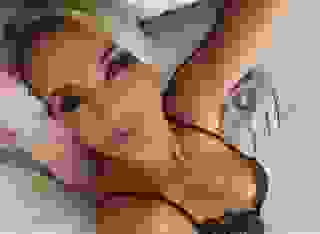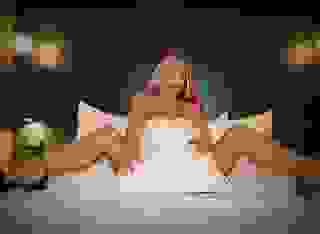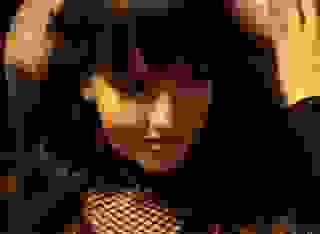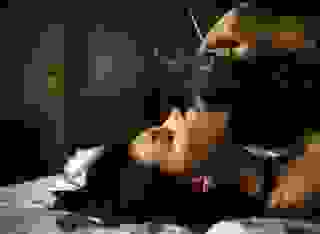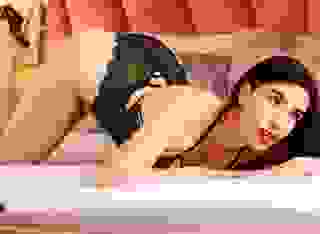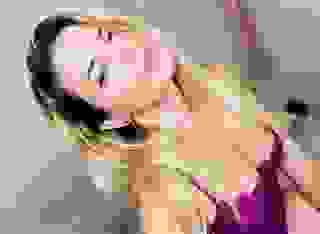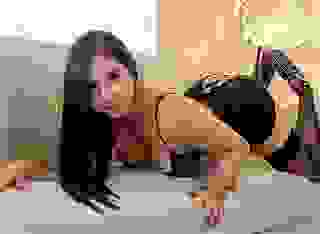- Sci-Fi & Fantasy
- Kiravi's Travelogue: Glossary
Note: You can change font size, font face, and turn on dark mode by clicking the "A" icon tab in the Story Info Box.
You can temporarily switch back to a Classic Literotica® experience during our ongoing public Beta testing. Please consider leaving feedback on issues you experience or suggest improvements.
Click hereKiravi's Travelogue: Rolling Glossary
Anghoret is a young and proud empire filling the arid plains and river valleys between Ymdrok and Gavic to the north and the violent and seemingly trackless Choked Sea to the west and south. King Jerra, the current Emperor Nessus' father, unified the city-states of the three great river valleys with his vast and professional armies of chariot-mounted nobles only a generation ago, and there are still those alive who have not always called their lands Anghoret. Its nobles and its ruler especially seek ever greater power and lands and are constantly trying to push the borders of the empire outwards.
The World, as Known to Kiravi (so far)

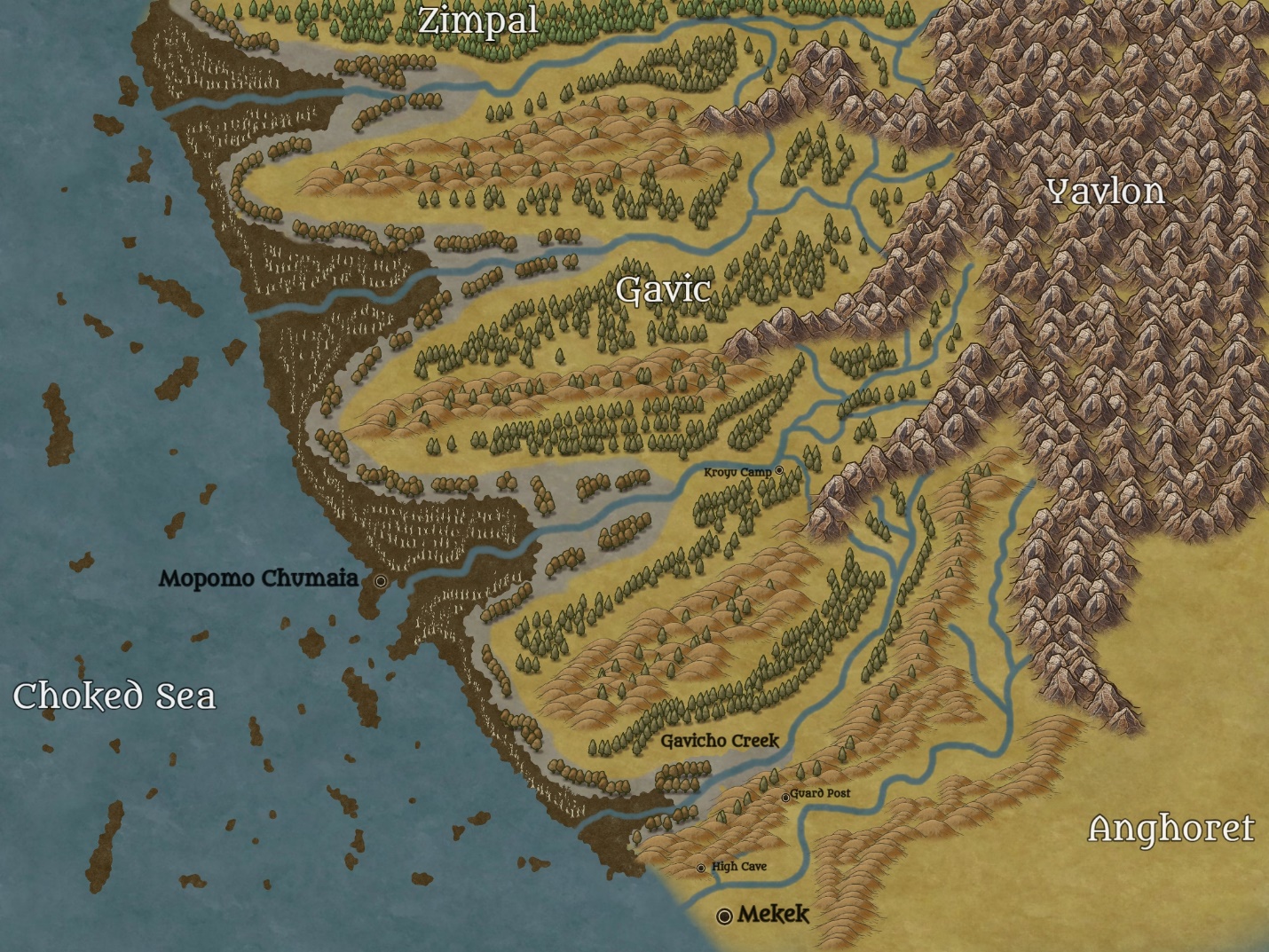
Races:
(one hand = four inches)
Men (Homo sapiens): Humans in Anghoret are characterized by copper or tawny skin, oval faces, and long and thick black hair. Their eyes are every shade of brown, though trending towards darker colors. Men, on average, are 15 and a half hands (62 inches) tall, and women are 14 and a half hands tall (58 inches). Anghoreti and, indeed, all humans are known for their endurance and agility when compared to other mortal races.
Enges (based on Homo neanderthal): Enges in Anghoret tend to cluster towards the hills between the Mother Rivers and the foothills of Kazmar and Yavlon. Compared to humans, Enges possess shorter limbs, deeper voices, larger torsos, larger heads, better eyesight, more and thicker body hair, large/wide nose in a protruding midface, occipital bun, reduced chin, brow-ridge, broad shoulders, shorter forelimbs, bowed femurs, reduced shoulder mobility, and thicker bones They mature more quickly than humans and require more nourishment based on their higher muscle mass. Especially compared to the humans of Anghoret, they have fairer skin and lighter, even reddish hair, as well as lighter colored eyes. Males, on average, are 15 hands tall, and females 14 hands.
Orgos (based on Homo denisova): Orgos in Anghoret tend to come from the northern and northwestern border regions, or are immigrants from Ymdrok. Like Enges, they have thicker limbs and larger torsos than the average human, though the proportion of their legs is human-like. In fact, on average they are taller than humans if only slightly. Otherwise, they share the better eyesight, larger heads, increased body hair, fairer hair, protruding midface and occipital bun, gruff voice, faster maturation, more body hair, reddish-brown hair, and brow-ridge. Their skin is usually a grayish-brown and their eyes are often hazel, dark green, or light brown. The most striking feature that sets them apart from their cousins, though, is the elongated upper canine teeth and the adaptation of their forward molars into meat-shearing carnassials. Males, on average, are 16 and a half hands tall, and females 15 and a half hands.
Hazuba (based on Homo erectus [if they'd survived into the Neolithic] and/or Homo heidelbergensis): The diminutive race of Hazuba is a small but significant minority within Anghoret, centered along the Seleyo river and in the swampy deltas of all three Mother Rivers. The easiest way to describe a Hazuba would be an Enges trapped in a perpetual teenage state. They share the same body proportions with their Enges cousins, but males and females are two hands shorter than Enges, on average. Another trend amongst the Hazuba is a propensity for steatopygia, the accumulation of fat in the thighs and buttocks, and darker skin than an Enges. Some Hazuba possess frizzy and fair, almost platinum hair, and all have very light brown or green eyes.
Taungo (based on Homo florienses): By far the strangest of the mammalian cousins inhabiting Kiravi's world, the Taungo are both the smallest and seemingly primitive of the group. Males and females are both covered in shaggy reddish-brown hair and stand only 12 hands tall. They have smaller heads and shorter arms and legs and flattened feet. Their hands are extended and ape-like, and they have close set eyes and heavy ocular ridges. Anyone, though, that would assume that they are animal-like and unintelligent is sorely mistaken. Not many live within Anghoret, and those that do are clustered along the shores of the Choked Sea.
Qulki (Paucarus primogensis): along with their other Avian cousins, the Qulki mainly lived along the Niza before Jerra founded Anghoret. Soon after their defeat, a great many of the Nizan nobles rose up against the Emperor in a long and bloody campaign of small-scale resistance. Jerra responded by crushing the rebels and utterly emptying his fledgling Empire of all non-mammalian subjects, banishing them into the Eastern Wastes. Most died, and those that remain eke out a miserable existence. Qulki that remain in Anghoret either escaped the initial cleansing and the few that followed, or are recent immigrants from Yavlon. Qulki stand about the same height as a human, though they always appear significantly slighter. They have a perpetually forward-leaning stance, their arms curiously the same length or longer than their legs. Helping this perception is the fact that the legs are "dog-legged" with the knee high off the ground, the shin bones relatively short, the ankle lifted off the ground and giving rise to a long tarsal bone that ends in three toed feet. Their skin is covered in tiny but sturdy scales, though in many places on their bodies these scales give rise to rigid quills. These quills are concentrated at the crest and back of the bird-like skulls, along the spine, and along the backs of the limbs. They possess four fingers and a thumb like their mammalian neighbors, these digits and their three toes ending in short talons. Their beaks are short and toothless, with a slight hook to them. Widely omnivorous, Qulki and their cousins eat much of the same food as humans, but are also able to subsist on a huge variety of plants and insects during lean times. Their eyes are close set and huge, predatory and intelligent, and are usually some variation of amber color. In Anghoret, their scales and quills are usually greenish-brown, with their bellies and necks usually lighter and their backs and limbs darker.
Archian (Paucarus ratitus): While very similar to the Qulki, Archians are by far the largest of the mortal races. Appearing similar morphologically to their smaller cousins, most Archians stand at least 18 hands tall. To accommodate their huge size without straining food supplies, Archians seem much more taciturn and slow to action than Qulki. Despite this, they are capable of extreme speed and feats of strength when aroused to it. Their diets are slightly more herbivorous, and their beaks curve less as a result.
Duzingu (Paucarus troglodytes): smaller and more feral-seeming than Qulki, Duzingu are similar in stature to a Hazuba. Their talons are longer, beaks sharper and more hooked, but Duzingu are no less intelligent than their larger cousins. Many Duzingu escaped into the swamps or caves of Anghoret, or into the high hills below Yavlon, so there are more Duzingu in Anghoret than any other Avian race.
Bhakhuri and Mejhuri (Homo kakoxenos and Paucarus kakoxenos): In eons past, while the gods warred amongst themselves, and especially before mortals mastered magic and the spear-thrower and bow to defend themselves, many predatory beings stalked mortal worlds. Chief among these were the Huri, soulless simulacra of the gods formed from primal magic and the raw elements of the universe. Normally, they are prevented from entering mortal worlds by ancient and divine wards. Twisted by some primal force to despise mortality, Huri gleefully torture, murder, and rape their way through mortal populations whenever they manage to slip past these barriers. Males or females; it doesn't matter to the Huri. If a Huri forces itself on a female mortal, the resulting pregnancy is difficult and results in a Bhakhuri or Mejhuri child, a mix of the mortal's characteristics and the alienness of the Huri. If a Huri forces itself on a male mortal, a taint is passed to the mortal. He may never pass on that taint to one of his offspring, or he may only ever sire Bhakhuri or Mejhuri offspring for the rest of his life. For both, traits of the Huri parent can come through in many different ways. Their skin or scales are usually one uniform and exotic color, with the hair or quills another unnatural shade. Their parentage comes through in other ways as well. The limbs could be of the wrong or uneven lengths. The eyes could be too far apart or too close, too large or too small. Frame unnaturally thick or dangerously slender. Overall health, too, can be affected: some Bhakhuri or Mejhuri live short and unhealthy lives, while others live two or three mortal lifetimes. Historically treated as outcasts, most Bhakhuri communities in Anghoret are found in areas that are otherwise undesirable or inhospitable. Rocky coasts, the edges of the Eastern Wastes, swampy river deltas: all are home to Bhakhuri tribes and villages. As part of his empire-building, King Jerra sought to unite everyone within Anghoret's borders, not just those living in the river valleys. Expeditions of soldiers and scholars were sent into these rugged areas to "bring culture" to the Bhakhuri villages and bands. Generally, these expeditions were successful, with some of these towns becoming more built up while thousands of Bhakhuri migrated into the large cities of the river valleys. Bhakhuri still face some social issues in Anghoret, but these are rapidly disappearing, especially with the high prevalence of Eldritch talent found amongst their populations. Mejhuri are as rare within the borders of the Empire as their other Avian cousins; because of this shared oppression, Mejhuri are highly integrated into the Avian communities.
Gods

The knowledge of the gods is limited in Kiravi's day, even amongst the Priests who try to understand their distant benefactors.
Magic
The use of magic, according to our narrator:
"Think of magic as a great river, the Seleyo below us, for example. The water thunders down out of the heart of the mountains, sweeping away everything in its path with its power. You can stand in the shallows of the river and feel it flow around you. Anyone, if they try hard enough, can reach into that water and scoop a tiny handful of water out and fling it onto the dry, parched banks, but you cannot nourish a field of crops like that, can you?
"Your crops, such as they are, are the spells you want to cast into the world, and you have to find a way to channel that great river of magic into your fields. To grow our cotton, sunflowers, and quinoa, we dig our channels and fill them with water from the river, and magic is the same. All the magic comes from the same river, but it is the channels that are different.
"Before we lived in the cities and farmed the land, there were those born with their channels already dug, in strange and random patterns, and their spells had to grow where the magic flowed. These are the sorcerers and their ilk. The old Druids and Shaman pray to the Kwarzi, the land-spirits, and in turn, the Kwarzi build the channels and fill them with a steady trickle of magic. The priests are the same way, but with the gods: in return for supplication, the gods carve out channels for the magic to flow to their disciples.
"And then there are those of us with no natural gifts and no divine assistance. We study for years to learn how to build the channels in our own minds, and we have to dig them by hand and scoop the water from the great Eldritch River by ourselves. Unfortunately, I spent the best years of my life trying to learn how to do that and only ended up as a Magus," There were a few chuckles at my ham-fisted self-deprecation, and I paused to wet my throat with the dregs from my beerskin.
"But what about me, Kiravi? I am none of those. I don't understand." Serina mumbled, looking up at me with plaintive eyes.
I sighed, and the whole crowd was staring in rapt attention once again, "Sometimes, Serina...sometimes a god will stride through a mortal's field of crops in a frenzy, scooping and tearing at the dirt, ripping and breaking stone. You will have massive channels gouged in your field, made strange by the touch of a physical god. But, even more than that, the god will build a breakwater in the great Eldritch River, and this great edifice will force even more magic into your channels, flooding your fields. Most are overwhelmed, their crops washed away in a deluge of magical power, their minds and bodies totally destroyed. Some manage to maintain control, to keep the torrent of magic in their souls low enough to keep it from sweeping them away." I held Serina closer to me, trying to reassure her, "That's how it was explained to me, anyway."
- COMMENTS
I keep coming to this glossary whenever I'm reaching a new chapter. I have been noticing for last several months though, that the images on this page don't open or show anymore.
I hoped to find a description of the Bakhuri here. But thanks for the other ones anyway, it makes the reading much easier.
Thanks so much for this. I'm thinking of going back and reading the whole thing one more time, now that I think it'll make more sense. Especially the gods and their motives. And I really appreciate the map. They always help visualize a universe.
-lonecrow
